Affiliate links on Android Authority may earn us a commission. Learn more.
The best Windows tablets you can buy right now
Published onApril 27, 2023






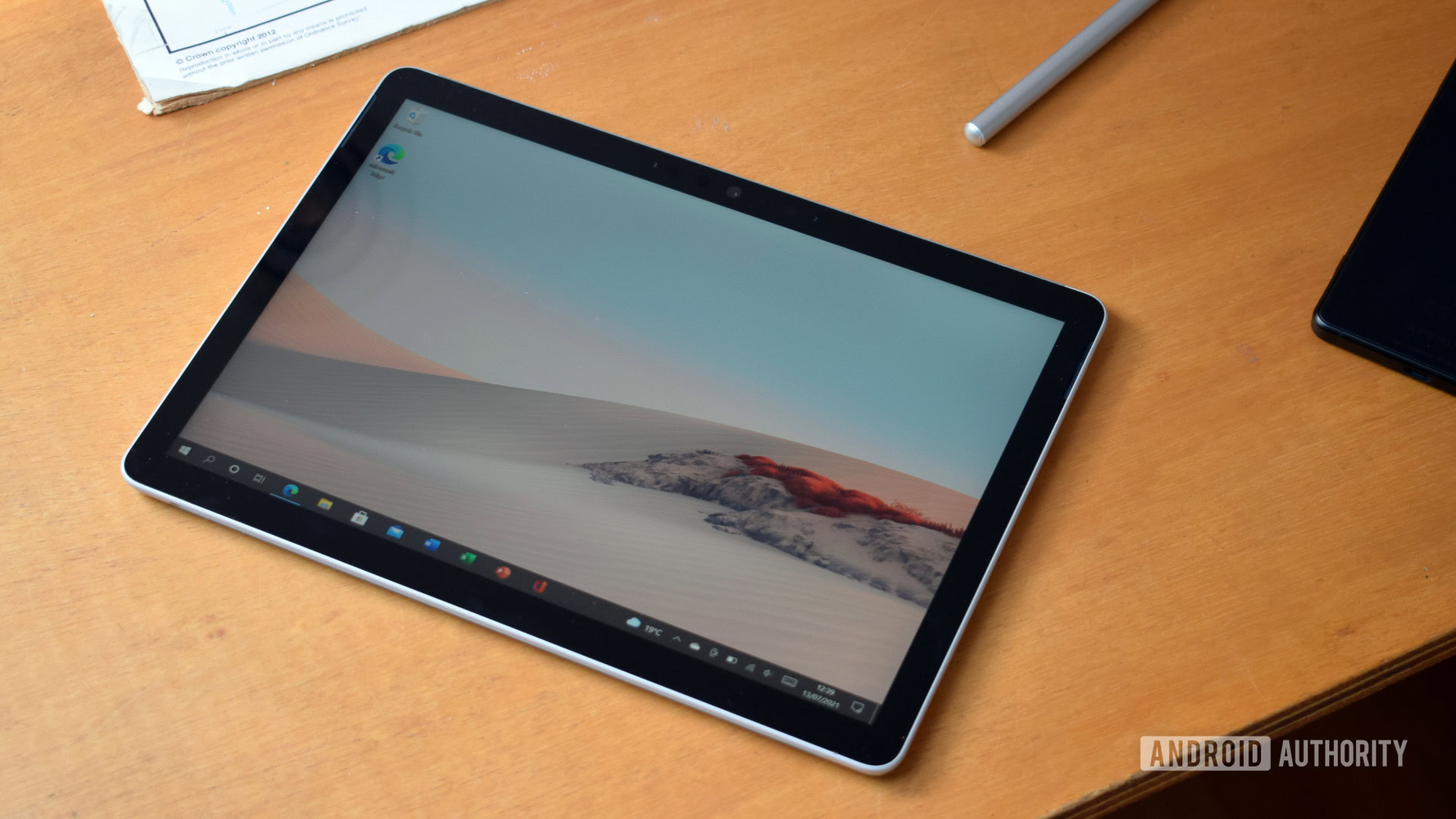
Laptops and desktop PCs probably occupy most of your thoughts when considering Windows machines. However, there’s so much more to experience on the Microsoft platform. From responsive touchscreens to full-size apps, Windows can make a case to power your next tablet. Here are our picks for the best Windows tablets you can get right now.
The idea of a Windows-powered tablet probably isn’t too foreign to you. After all, plenty of people are familiar with the Microsoft Surface line. While the Surface devices are great and have appeared on this list a few times, there are more options to choose from. We’ve tried to cover all of the bases and give you the best options to pick from.
Buying the best Windows tablet
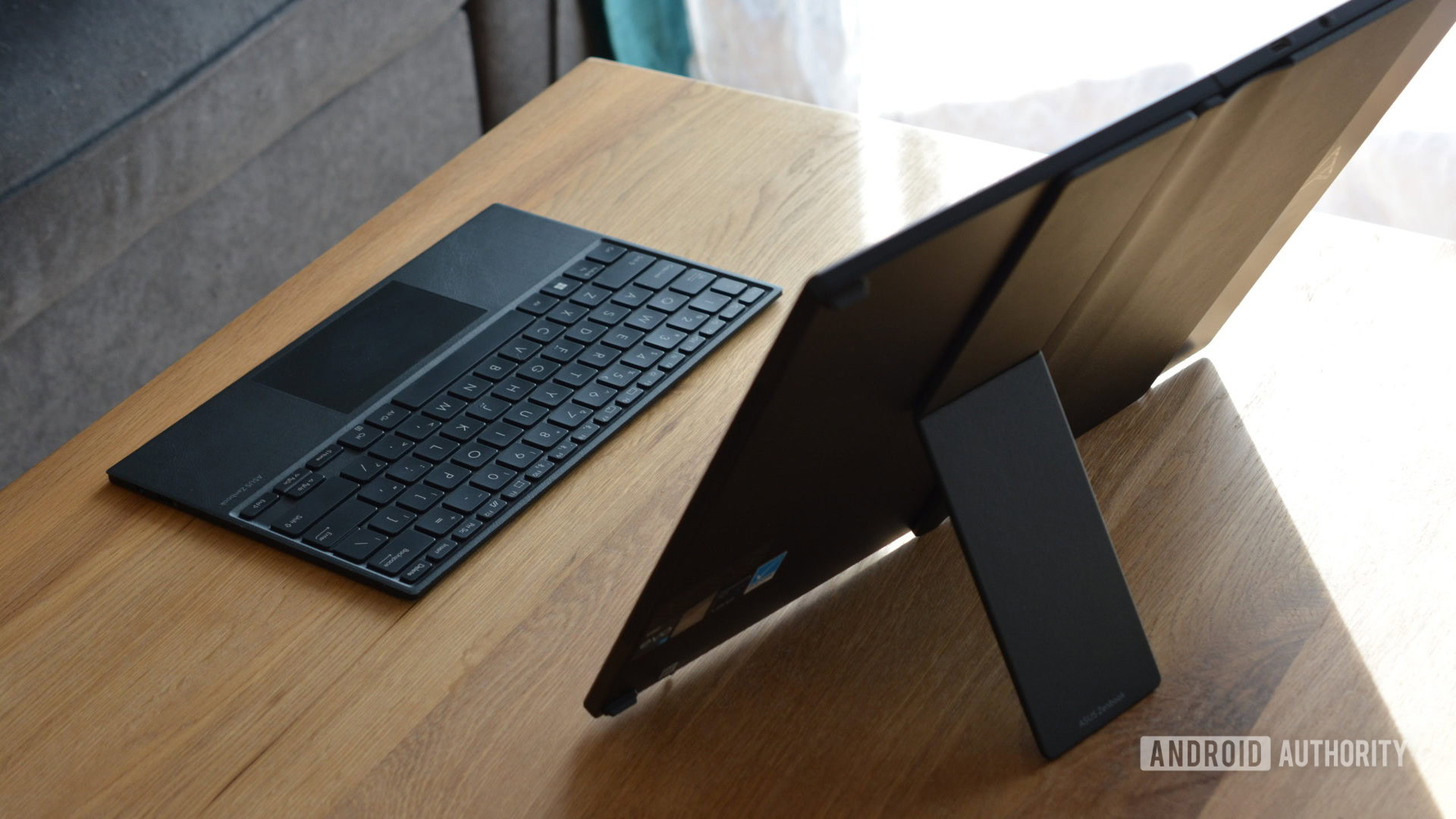
Windows tablets haven’t quite taken off, so there aren’t too many options out there that make sense. If you’re in the market for a Windows tablet, you likely have a specific use case for it, and you’re already aware of the experience you’ll get. On the other hand, if you don’t have a specific use case requiring Windows, you might want to get an iPad or an Android tablet instead. Possibly even a Chrome OS tablet.
If you’re set on a Windows tablet, you should consider two main factors — budget and size. Windows tablets today are commonly available in the standard laptop screen sizes that range between 10—15 inches. We used to have smaller sizes more commonly available a few years ago, but those have become less standard now. On the budget side, you will end up spending just as much or more than what you would pay for an equivalent Windows laptop, generally between $400 and $1,500.
Most Windows tablets will have the option to have a detachable keyboard, either bundled with the tablet or sold separately. Regarding the capabilities of these devices, you can expect them to work just fine for most productivity tasks, depending on what kind of hardware you pick. Gaming Windows tablets are not mainstream yet, but we can expect more and more options to show up in the market in the coming months.
Some Windows tablets also come running S Mode, a more restricted mode that only allows you to run apps from the Microsoft Store. However, you can disable S Mode and run your Windows tablet like a regular Windows computer.
The best Windows tablets to buy
- The Microsoft Surface Pro 9 is the best overall Windows tablet, packing in the perfect blend of performance and portability.
- The Microsoft Surface Go 3 is the best small Windows tablet, offering the Surface experience in a compact package at an affordable price.
- The ASUS ROG Flow Z13 is the best gaming Windows tablet you can get, offering an RTX 3050 Ti GPU with support for an external GPU.
- The ASUS Zenbook 17 Fold OLED is the Windows tablet with the largest display, and it’s also foldable. It has plenty of power too, but it’s also mighty pricey.
- The Dell XPS 13 2-in-1 is the best business Windows tablet, featuring a 3:2 aspect ratio screen in a great detachable design.
- The Chuwi UBook X is the best budget Windows tablet you can get, providing great value for money with sufficient hardware power and a full metal body.
Editor’s note: We’ll do our best to update this list of the best Windows tablets as new products launch.
Microsoft Surface Pro 9: The best overall Windows tablet
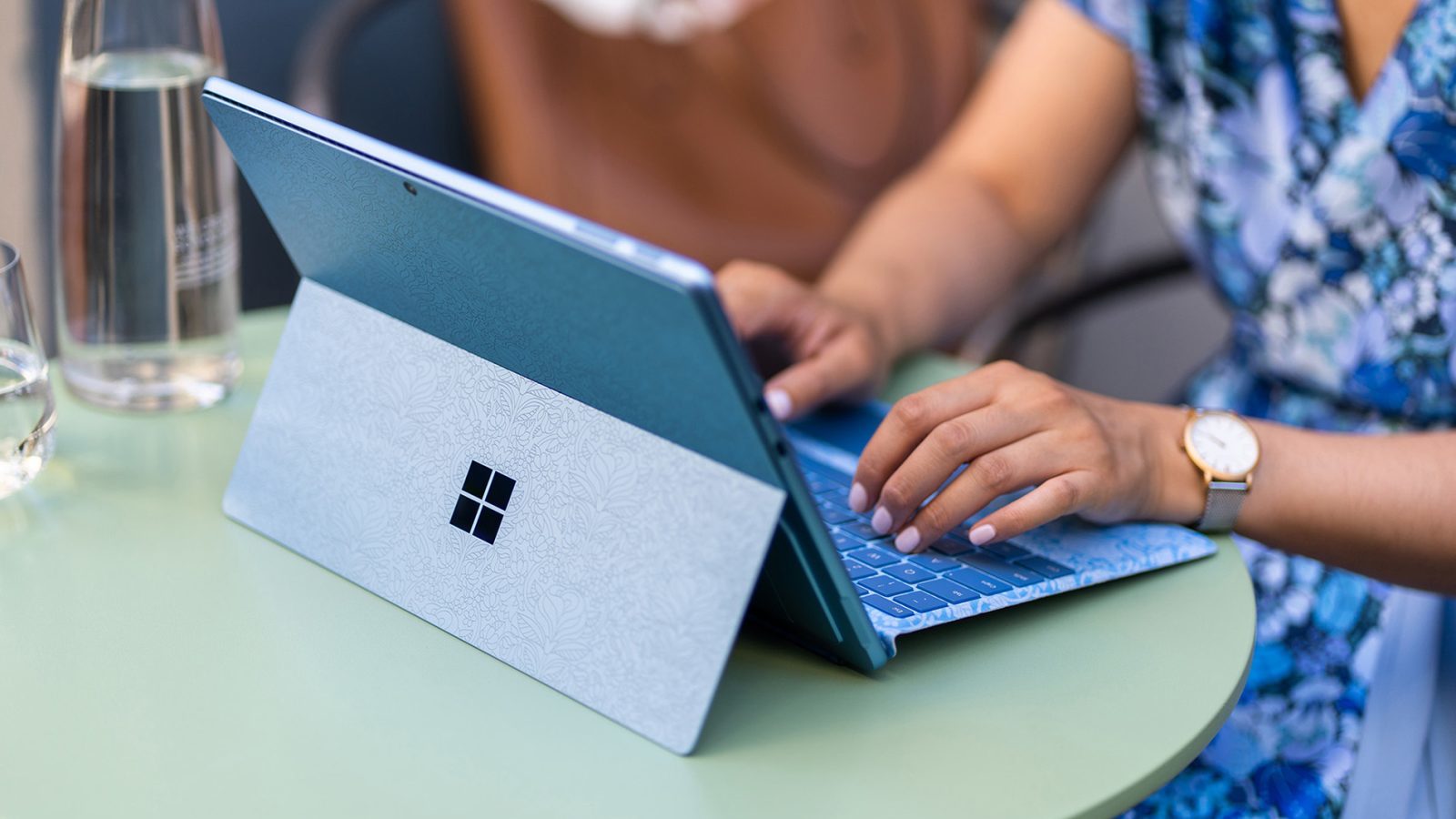
While the Surface Go series might be your best bet for peak portability, the Microsoft Surface Pro 9 might be the best Windows tablet around. It’s larger, packs a more powerful processor, and can make many heavy-duty tasks look easy. It’s an upgrade over the already great Surface Pro 8. Unfortunately, like most Surface devices, the Surface Pro 9 doesn’t include a keyboard or stylus, as they’re sold separately. And they’re pretty expensive. Not to mention the tablet itself is quite pricey, as it starts at $999.99.
As one of the flagship Surface models, the Surface Pro 9 offers plenty of room for customization. You can choose an Intel Core i5 processor or go all-out for the Core i7 or Microsoft SQ3 version. You can also get as much as 32GB of RAM. To back that up, you can select anywhere from 128GB to 1TB of storage, which should be more than enough for work or play. The Surface Pro 9 rounds out the already impressive spec sheet with a 13-inch display with a 2,880 x 1,920 resolution.
If you need mobility, there is also the Microsoft Surface 9 Pro with 5G. It’s slightly less powerful, topping off at 16GB of RAM and 512GB of storage. It has a longer 19-hour battery life, though.
We also have lists of the best Microsoft Surface Pro 9 cases and keyboards, in case you need some accessories.

Microsoft Surface Go 3: The best small Windows tablet
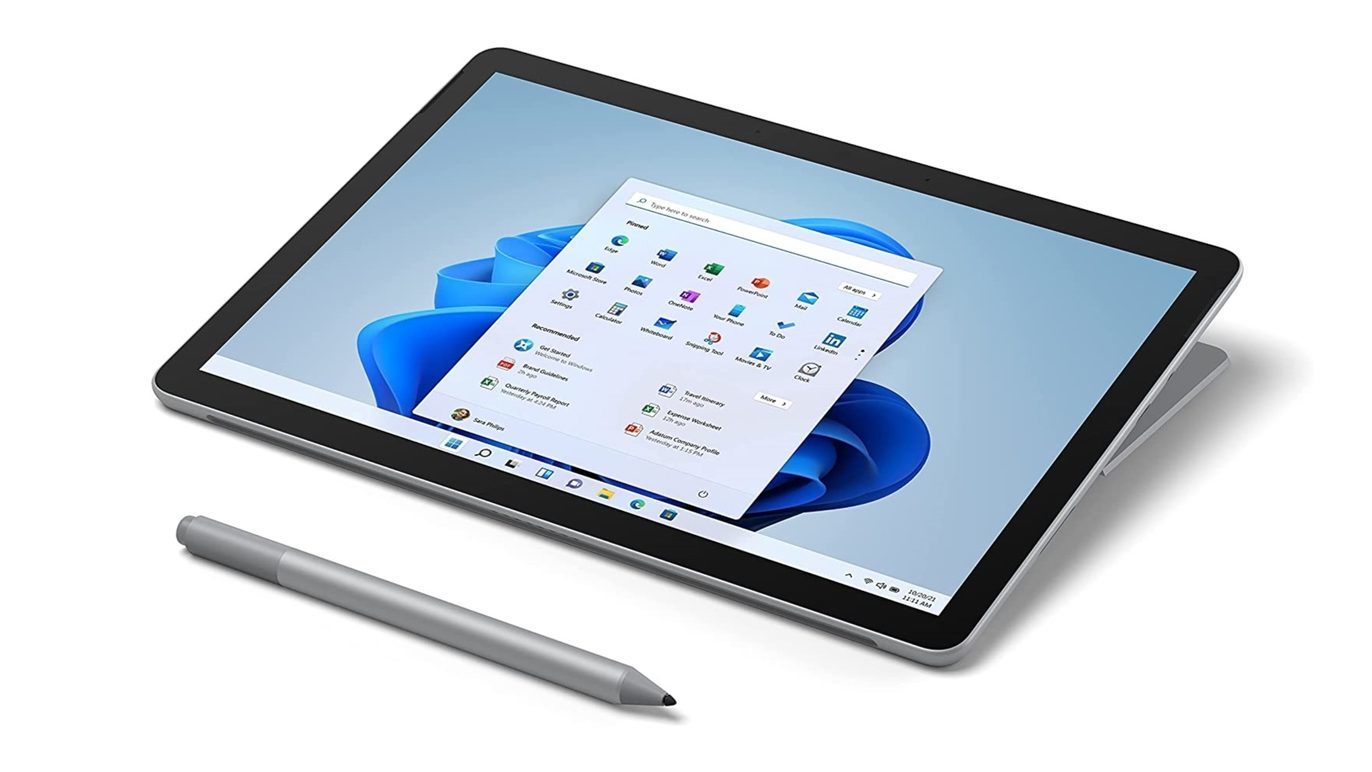
Microsoft’s Surface Go 3 is a follow-up to the Surface Go 2 — a tablet that has popped up on quite a few of our best lists, and for a good reason. Improving upon the Go 2 and being the smallest entry in the Surface lineup, the Surface Go 3 is a great way to take Windows on the go without sacrificing much power. As with most Surface tablets, you’ll have to shell out a bit of extra cash on accessories.
If you’re ready to dive head-on into the Surface ecosystem, Microsoft will set you up with an Intel Pentium Gold chip, or a Core i3 chip, and an integrated Intel HD Graphics 615. As far as options go, you can choose from 4GB of RAM and 64GB of eMMC storage or double them to 8GB and 128GB SSD, respectively. The handy 10.5-inch screen is easy to stash in a backpack, and the 11-hour battery life should help you stay productive all day long.

ASUS ROG Flow Z13: The best gaming Windows tablet
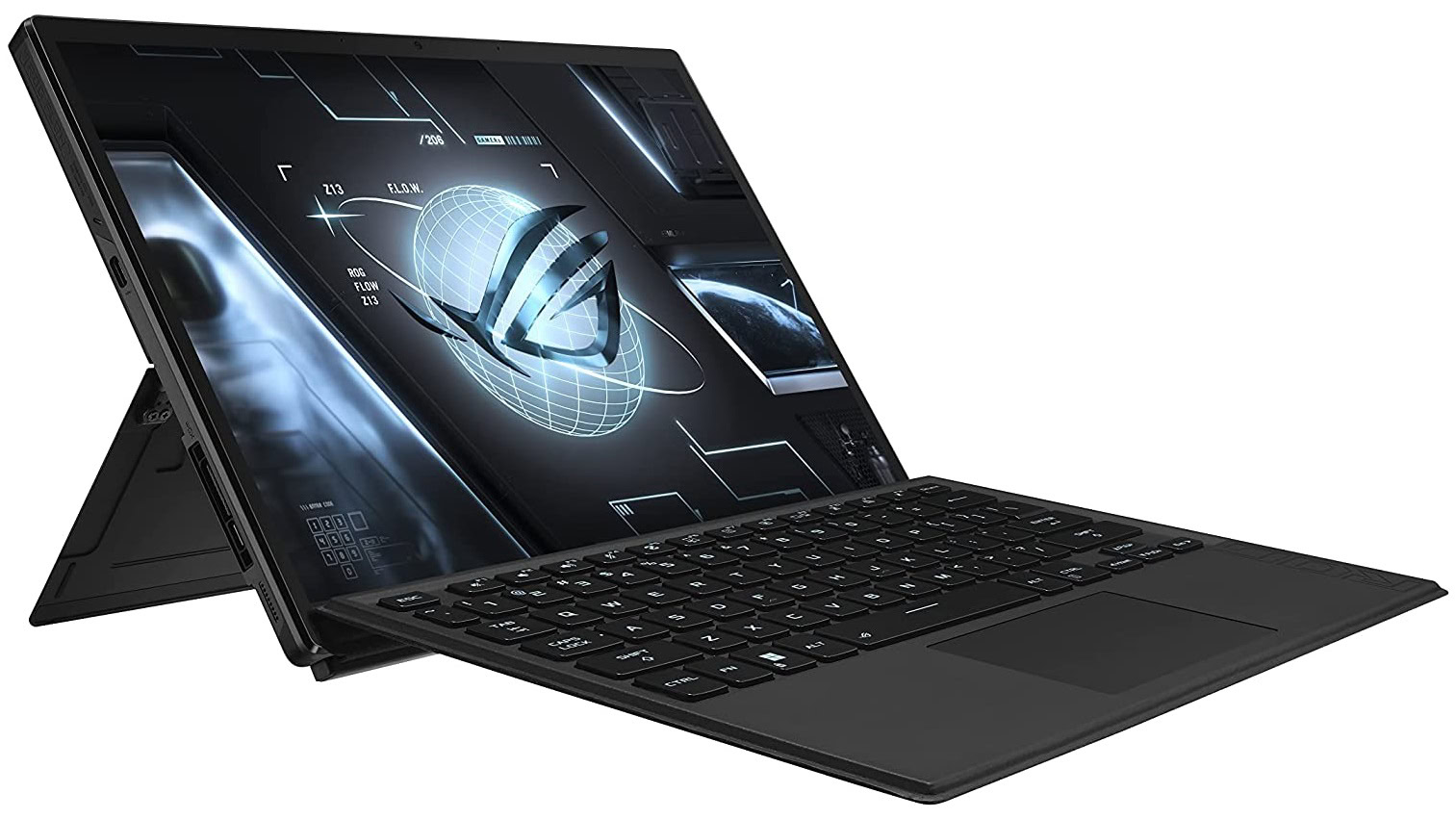
Windows tablet and gaming in the same sentence sound out of place, but it’s getting closer to becoming a thing, and the ASUS ASUS ROG Flow Z13 is proof of that. ASUS took the wraps off of this one at CES 2022, and while it is pretty much the only contender in this category right now, it’s a pretty solid buy.
There are multiple versions of the device, but you can get specs up to an Intel Core i9 (12th-gen), an NVIDIA RTX 3050 Ti GPU, either an FHD+ or a 4K resolution with as much as 120Hz refresh rate, up to 16GB of RAM, and more. These specs may not sound all that impressive to gamers, but remember, this is a tablet! We still can’t believe you can get such performance from a device this portable. And if you want some more power, you can also connect an external GPU to it.
This is as close as you can get to a gaming desktop replacement, in the world of Windows tablets.

ASUS Zenbook 17 Fold OLED: The largest Windows tablet, and foldable
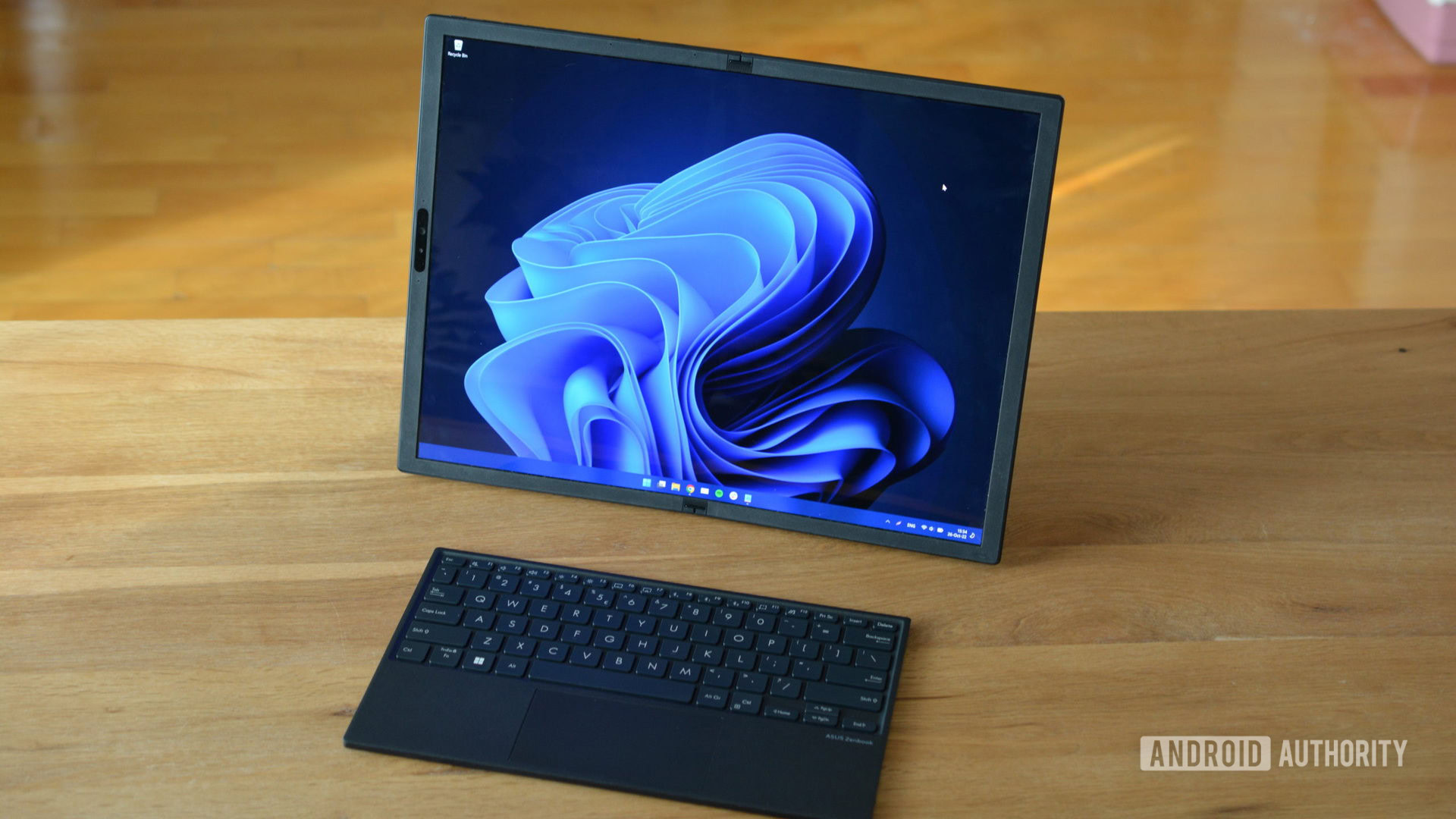
Now, this is very expensive at $3,500 MSRP, and it’s likely not for everyone, but it is a gem we know many of you will at least be surprised by. That’s not really a small keyboard you’re looking at; it’s the screen that’s oversized.
The ASUS Zenbook 17 Fold OLED has two of its most important features in the name. It comes with a massive 17.3-inch display. If you’re wondering how you’re supposed to take such a large Windows tablet around, let us tell you it’s actually just as portable as others on this list. That’s because it features a flexible screen that folds in half.
We loved testing it during our review, as it is really an exciting device. It seamlessly transforms and adapts to your needs. You can use it in tablet mode, use the keyboard detached, or half-fold the screen and put the keyboard on the lower part to use the whole;e machine as a laptop.
Additionally, this is a potent and featureful Windows tablet. We found the OLED screen to be vibrant and overall gorgeous. The 4:3 screen ratio is great for overall navigation. It is very capable in terms of specs, too. You’ll get a 12th-gen Intel Core i7 processor, 16GB of RAM, 1TB of storage, and snappy Wi-Fi 6E.

Dell XPS 13 2-in-1: The best Windows tablet for business users
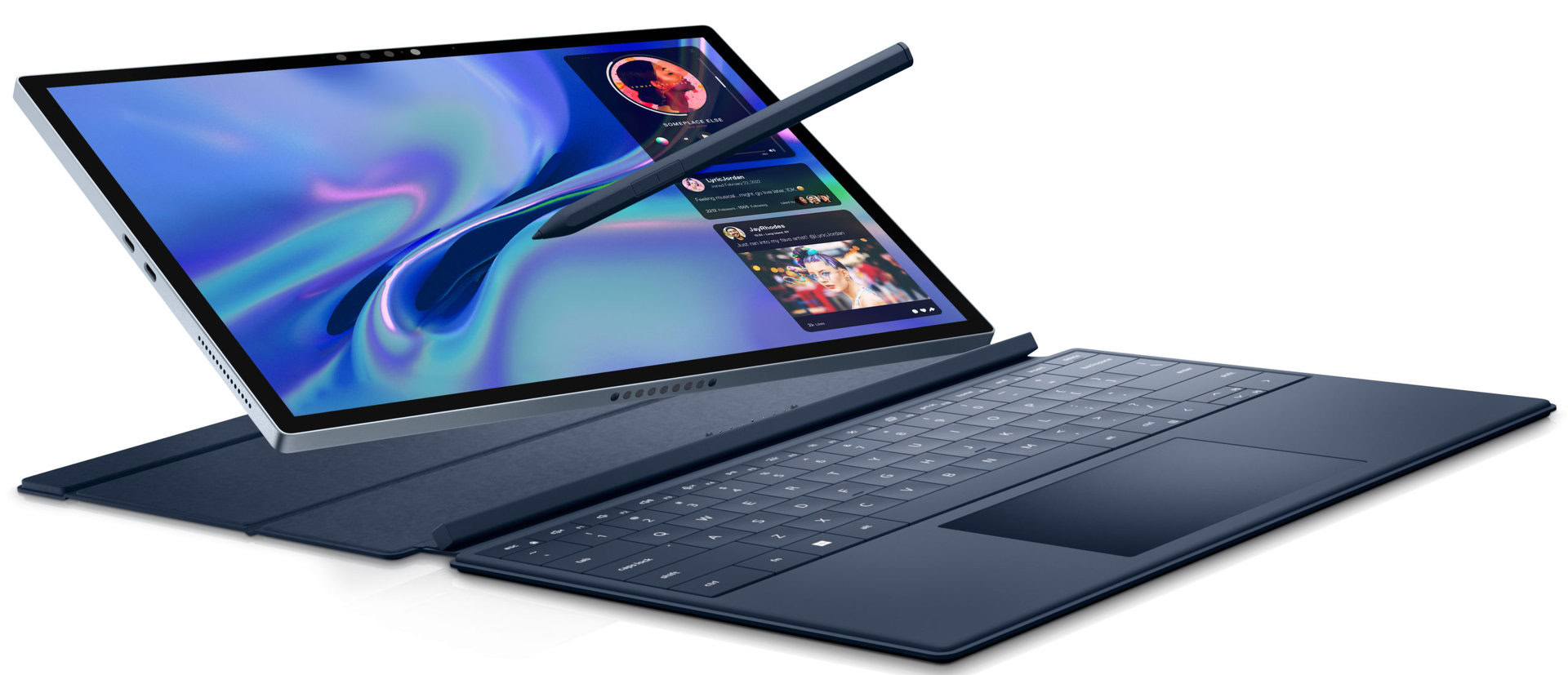
Do you have to find the best Windows tablet to take to the office? You’d be hard-pressed to find anything better than the Dell XPS 13 2-in-1. It’s not explicitly made for office work, but we feel it’s the one with the best design for professionals. It’s made of aluminum, only measures 0.29 inches thick, and weighs 1.6lbs. The design is simple and elegant, yet very pleasing to the eye. The folio and stylus are also professional-looking.
This machine is a pretty capable office machine as a 2-in-1 laptop. It can be customized up to a 12th-gen Intel Core i7 chip, up to 16GB of RAM, and as much as 1TB of storage. The 13.3-inch touchscreen is also really nice, featuring a 2,880 x 1,920 resolution.

CHUWI UBook X: The best budget Windows tablet
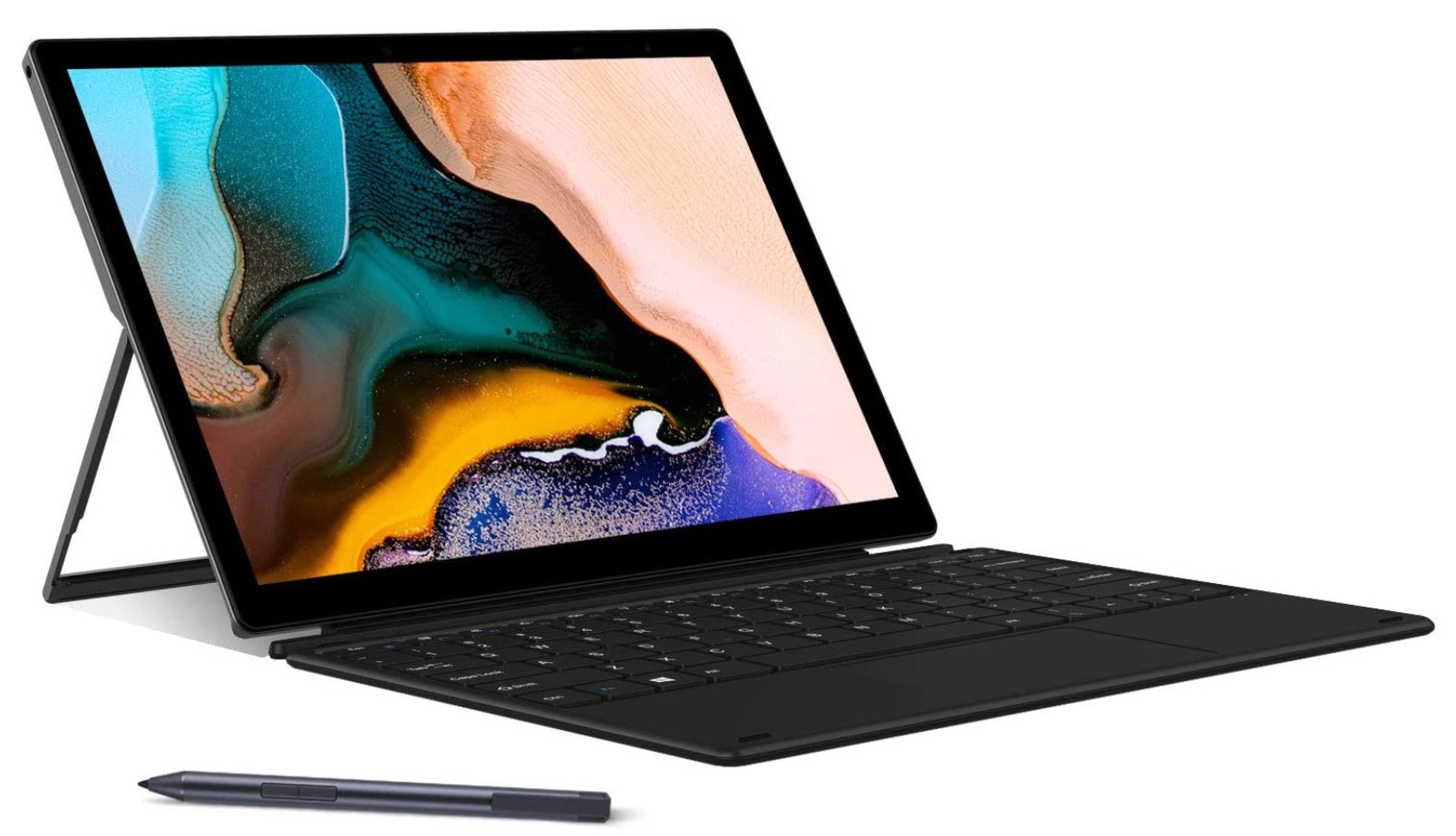
You may not be as familiar with CHUWI as you are with some of the other options on the list, but the UBook X is one of the most affordable options on this list by a good margin. The budget-friendly price makes the UBook X a solid pick for the all-around good list of specs.
The UBook X doesn’t pack a powerful Intel Core chip. However, the quad-core Intel Celeron N4100 can hold its own for many light tasks. The handy and affordable Windows tablet is also equipped with 8GB of RAM and 256GB of storage. That is more than the Surface Go 3 offers with its entry-level variant. CHUWI built the UBook X with a full-metal body and keyboard, which lends a premium feel. It packs one USB-C port, one USB-A port, and a headphone jack.
There’s a CHUWI UBook X Pro with improved overall specs, but it’s only available in China, Europe, and Japan. Go to the official CHUWI store and check it out if you are in one of those markets.

Windows tablets vs the competition
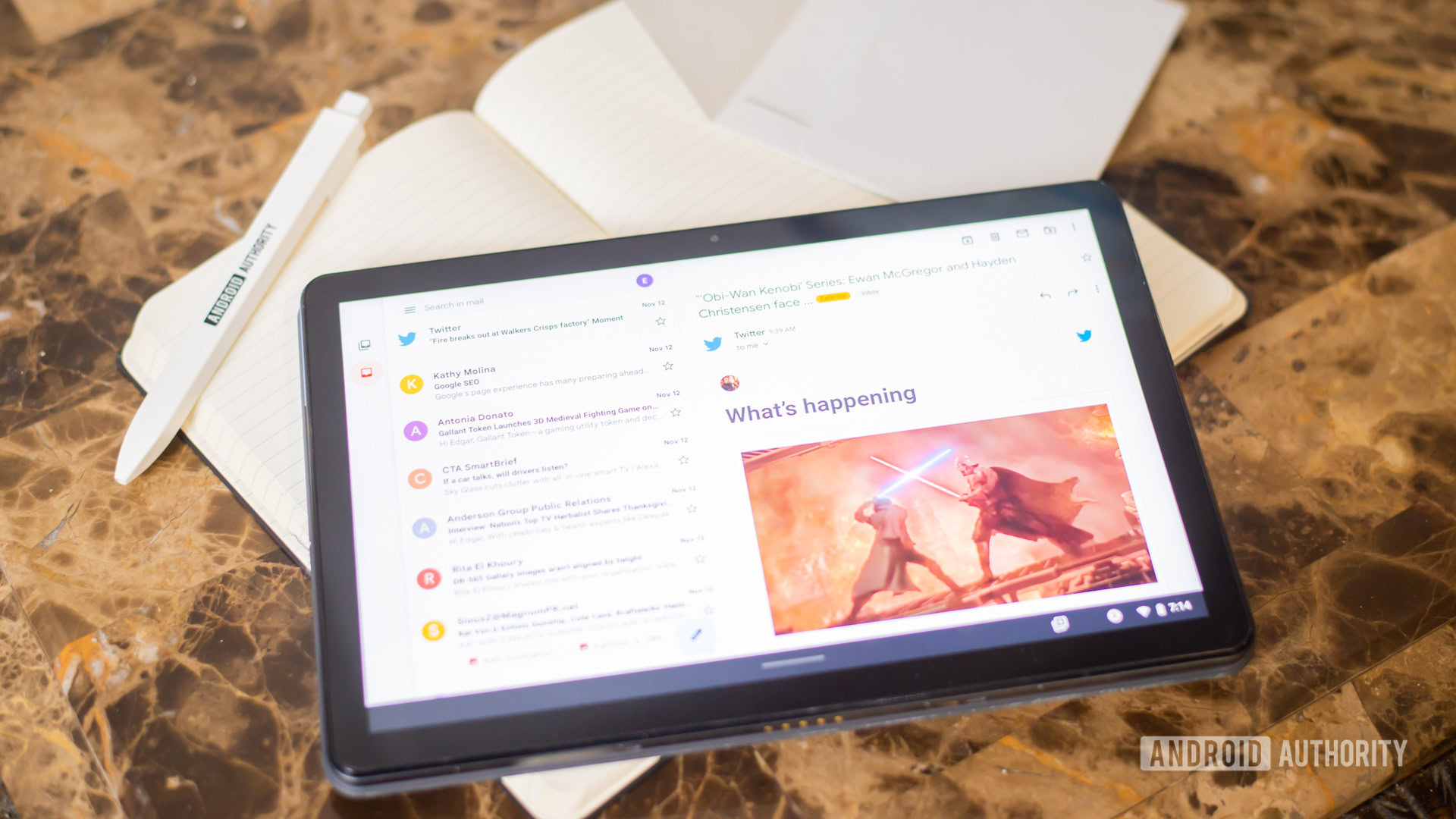
The tablet market isn’t quite one where Windows is a leading player. For now, Apple iPads have a huge lead, providing the best value for money, an impressive app ecosystem, and a streamlined lineup of models. On the other hand, Android tablets barely exist. A few models are available as alternatives, should you want to move away from Windows. However, Chromebook tablets are more of a proper alternative to Windows tablets, if you’re looking at the Google side of things.
Of course, if you’re looking at a Windows tablet, you likely have a workload that requires you to use Windows. Windows has a unique advantage concerning its software catalog. Traditional computer apps being available on a tablet adds to the functionality, and if that’s what you want, look no further.
On the other hand, if you want a portable computer but Windows apps aren’t a requirement, an Apple iPad would likely serve you better as a tablet. You also get a lot of apps, so finding a replacement for Windows apps you have been using is easy too. On the other hand, if you want a desktop experience, you can opt for a Chromebook tablet. You get support for Android apps and Linux apps, in addition to the suite of Chromebook apps.
Android tablets, as of now, aren’t the best way to go. There are some solid options from some manufacturers like Samsung. That said, Android hasn’t been great on tablets for a long time. Google recently said tablets are the future, but we cannot recommend Android tablets over Windows tablets, iPads, or even Chromebook tablets.
Frequently asked questions
Windows tablets are available in a variety of different specifications. As such, they have a wide range of prices. Most Windows tablets are available between the $400 to $1,500 mark.
Windows tablets run on Windows, while iPads run on iPadOS. They have different sets of compatible apps. iPads run apps off the App Store. Windows tablets run apps from the Microsoft Store if in S Mode, or any Windows apps if they’re not in S Mode.
Windows tablets and touchscreen Windows laptops will provide similar software experiences. However, touchscreen Windows laptops are more common and mostly come with the full power of a laptop. These can include dedicated GPU options. You can make your pick according to your usage preferences.
The Microsoft Surface Pro 8 is the latest Microsoft Surface. The Microsoft Surface Go 3 is the latest one in the Go lineup.
Windows tablets can run all Windows apps. Windows tablets in S Mode can only run apps through the Microsoft Store. However, you can easily switch out of S Mode and install any Windows app. Some ARM-based tablets may not run the x86 Windows apps too well. But most run just fine with in-built emulation.
You can connect AirPods to Microsoft Surface, or any other Windows tablet. Although, do note that you will miss out on some exclusive functionality to Apple devices. However, they should work just fine otherwise.